Kitchen Project #91: Mince Pies Part II
This time it's pastry by Camilla Wynne
Hello,
Welcome to today’s edition of Kitchen Projects. Thank you so much for being here.
Today I am handing the reigns back over to the our resident preserving expert Camilla Wynne for the second instalment of her Mince Pie adventure. It’s a goodie, so strap yourselves in!
Over on KP+, I’m sharing an alternative to mince pies - flaky cheese and fruit mince scones. It’s an adaption on one of my best ever recipes and it’s a new way to look at that jar of mincemeat. Click here to read it.
Kitchen Projects is 100% reader funded; By joining KP+, you will support the writing and research that goes into the newsletter and get access to baking Q&As with me, extra content, community chat threads, and more. Subscribing is easy and only costs £5 per month:
Love,
Nicola
lark! the herald angels sing - Christmas Biscuit pop-up next weekend!
Next weekend on Saturday 10th December at 4pm, I have the absolute joy of co-hosting a very festive event with my pop-up bakery lark! I’m thrilled to be collaborating with Kossoff’s for a Biscuit Bonanza, all to raise money for The Trussell Trust, which supports a nationwide network of food banks.
We’re bringing together some of London’s best bakers and bakeries to offer the Chrismukkah biscuit selection of dreams. Whilst the full menu is to be announced, we’ll have treats from Big Jo, Miel, Le Choux, Painted Dog Bakehouse, Verena Lochmuller of OTK, Sarah Johnson of Spring, My Little Cake Tin and Toklas. From damson jam thumbprints to classic Lebkuchen to cornflake florentines to masala chai shortbread, so come along and build your own biscuit bags!
There will also be hot turkey sandwiches (and a veggie option, too), plus some GORGEOUS special hot drinks (Think custard with poached meringues) and mulled wine c/o Claire Dinhut.
For all the latest info, including the menu, follow @bakerylark and @kossoffs
A big thanks goes out to Wildfarmed, Estate Dairy and Pump St for supporting the event.
Finding the ultimate mince pie
Once you’ve made (and hopefully aged, at least briefly) your mincemeat or doctored up store-bought mincemeat (I just want you to eat some, whatever it takes - check out Part I for more details), it’s time to make mince pies. The question Nicola’s put to me this week is: what is the anatomy of a perfect specimen? It is, of course, difficult to make anything resembling an objective comparison with something that is so tied up with nostalgia, family and holidays. But I’m game to try!
As a Canadian, I actually call them tarts. Pie mostly refers to a larger pastry baked in a pie dish, though ‘tartlet’ would be the most common moniker for a miniature version like mince pies. Typically, the dough ones uses for these differs here as well, with pies being made of, well, pie dough (sort of similar to a pâte brisée) and tarts typically being made with a sweet shortcrust (pâte sucrée or sablée). As for mince pies, the doughs used certainly do vary. I grew up eating a lard-based pie dough version. Flipping through the cookbooks I used for my mincemeat research, I found some use sweet shortcrust, such as St. John’s and River Cottage, while others use sugar sparingly (Ballymaloe) or not at all (Nigel Slater). Some bring up puff pastry as well. And then there’s the question of butter and/or lard.
While all these doughs primarily contain flour and fat, the ratios of those two, plus other ingredients, as well as the method, result in quite different pies. In baker’s percentages (the percentage of ingredients relative to the flour), rough puff contains 153% butter to flour compared to shortcrust’s 50%, so the range is dramatic. And will the fat be folded in? Rubbed in thoroughly? Left in chunks that create a super flaky dough? Should the pastry “be rigorous enough to hold the mincemeat,” à la St. John, or “so full of butter it takes a gentle hand to pick it up,” as says Nigel Slater? Ultimately it should be however you like it best, but of course, I have my preferences.
There’s also the question of the topping. I don’t think it had ever occurred to me you could have mince pies any other way than fully covered with pastry, uniformly golden brown, save perhaps for some streaks of caramelization here and there where the bubbling mincemeat had breached its bonds. Then sometime around the turn of the century I saw Nigella’s star-topped mince pies and my world went topsy-turvy! River Cottage even opts for a frangipane topping, while Nigel Slater mentions marzipan cut-outs perfumed with orange zest.
To put them to the test, I tried 5 different pastry bases in combination with 5 different toppings, for a total of 25 mince pies I was tragically forced to eat. I tested the mince pies in both a shallow tart pan and in a standard muffin pan. In North America, at least, people are far more likely to have the latter (in fact, I only have a tart pan because I inherited it from my Welsh granny). The good news is that you can use whatever you have, as they both worked well. If you’ve got both, then the main difference to guide your choice is that the muffin pan is significantly deeper so will use more a little more pastry and double the filling per tart, but I’m certainly not mad at a slightly less dainty mince pie.
The bases
Rough Puff
Of all the pastries I tested, rough puff is the one most people are least likely to make. Homemade pastry is one thing; adding turns and folds is quite another. One always likes when their low ambition level is validated in the findings, so you’ll be happy to hear this dough performed the worst. While I’ve made other delicious things with rough puff, here its extreme butteriness—usually a virtue—nearly obscures the taste of mincemeat, which really should be the star of the show. Nor does puff reheat well, which really isn’t what we’re looking for when getting ahead on the Christmas baking, or when putting away leftovers after an evening of yuletide gluttony. I’ll save it for Eccles cake, thanks.
Sweet Shortcrust
I think sweet shortcrust is one of the most delicious things ever. I mean, it’s basically a cookie to hold fillings. I used the recipe from my book Jam Bake (therein called “sweet dough,” a very rough anglicization of pâte sucrée), which is perfect for Bakewell tarts, jam tarts, fruit tarts… the list goes on. With mincemeat as the filling, however, I find one wants to add as little additional sugar as possible. It’s not that mincemeat is sweeter than, say, jam, but maybe more that its roots are savoury, and I at least want to do history the service of having a less sweet, possibly more porky, crust. I also found that the crisp, delicate texture wasn’t a good match with the nubby, assertive mincemeat. The sophistication of the sweet shortcrust was eclipsed by its filling and made to seem weak and crumbly, hardly a supporting cast member.
Shortcrust
Shortcrust is a dough one doesn’t often see in North America, so I followed a recipe from a writer I trust. However, even the most rigorous editing, testing and copyediting can sometimes still miss an error in a cookbook, and I think I found one in one of my favourites: Nigel Slater’s Christmas Chronicles. His crust uses half lard and half butter, but I was surprised that the flour to fat ratio was 1:1. I found I scarcely needed any of the liquid to bind the dough! And when I unmolded the pies they were so friable they practically disintegrated.
I wrote to Nicola to find out more about this high-fat pastry that I don’t have much experience with…, and she told me the usual ratio is 2:1! Now, Nigel does state in his Guardian column that “the very best mince pies have pastry so fragile that it collapses in the palm of your hand,” but the shortcrust recipe that accompanies it is of the standard flour-to-fat variety. I remade the dough with half the fat, now finding the required amount of liquid on point. However, I wasn’t much more impressed. Particularly in the double crust pies, I found the eponymous shortness of the dough in fact too short, even compared to pastries made with more fat but in a different manner. The floury fat (or fatty flour) coated the tongue.
Aunt Sue’s Lardy Pie Dough
When developing the mince pie recipe in my book Jam Bake, I tried to make my aunt’s pastry recipe since it’s so excellent and reminds me of my granny’s. I don’t know if it was the stress of writing my sophomore cookbook or what, but I just could not get my aunt’s version right!
I’m not quite sure how the stars aligned, but on a quiet morning three years later, I returned to the pastry recipe that had bested me while writing my cookbook and got it on the first try! Not sure what went wrong that first time. Rolling it out was a little sticky on account of the chunks of fat, and when these baked, they positively sizzled, in spite of having less fat than other doughs. You can see the results in the photo—the tarts made with this pastry are incredibly flaky, but they hold together unlike the botched shortcrust. On the tongue, the lard is the perfect savoury foil to the sweet mincemeat, for a result that isn’t so much dessert and more something you can enjoy by the plateful all afternoon as you watch the Thin Man. I’m delighted to share this family recipe as the winner.
Galette
Before landing on Aunt Sue’s recipe, I always defaulted to the galette dough I use for galettes and pies for my mince pies, subbing in lard for half the butter.
In this comprehensive comparison testing, I initially thought I liked the galette dough best - I liked the flaky yet sturdy texture it had in contrast to the shortcrust. I liked how the flavour of butter paired with the flakier texture of the lard. But then I tried Sue’s lardy pie dough again, which I finally nailed, and had to admit it was better.
Strangely, even though the galette dough is 87% fat to Sue’s 66%, Sue’s is more tender and flakier, cradling the filling expertly but yielding to the teeth in a fashion most docile. This is likely due to hers being 100% lard while the galette is half butter, and partly because I make it in a the mixer (a habit from year of working in professional kitchens where I was not about to make galette dough by hand!).
The tops
Top Crust
Perhaps no one will be surprised that I think the version I grew up with is the best version. But this is the classic method, and it’s a classic for a reason: ratios. The mince tart is all about a balance of textures and flavours. On the one hand, there’s a rich, flaky (or crumbly) crust, usually swaying savoury, and on the other, a sweet, fruity, boozy, spicy filling, soft but also a little chewy. Mincemeat is (and should be!) kind of intense, something you don’t want to eat a whole spoonful of on its own. It needs that top crust as a character foil. This is particularly true when using a muffin tin instead of a shallow tart pan. The former takes double the filling and thus needs the top to provide contrast in particular. If you do decide to go another way, I recommend using a tart pan.
Star Top
I understand the desire to make the humble mincemeat tart look a little dressier for the holiday table, but other than aesthetically, it’s by no means an improvement. At my most judgmental, I find it very saucy to see all that exposed mincemeat! Without a full top crust, elements of the mincemeat can get overcooked and tough (I’m looking at you, peel)—a sacrifice even I won’t make for fashion, especially since I personally think the mincemeat pies charm partly lies in the humble looks that belie its extreme deliciousness.
Crumble
I made my usual simple crumble topping here—butter rubbed into flour and sugar with a bit of salt. As with the sweet crust, I’d say there’s really no need for the extra sugar here, but it doesn’t take much crumble to top a tart, so it has less of a sweetening effect than it could. The issue here is more one of texture. Don’t get me wrong, I LOVE a crumble, but I also find the pleasure of it is about the knubby crisp topping in contrast to melting fruit. With the bottom crust and the mincemeat being sturdier, the crumble just sort of gets lost. There’s no point in making an extra element if it’s not going to add something!
Frangipane
This mixture of ground almonds, sugar, butter, flour and egg is a fairly common way to finish mince tarts, perhaps because if you find pastry fiddly, it’s much easier to pipe or smear on almond cream than it is to roll, cut and seal. While the end result isn’t unpleasant, I find the added sugar unnecessary, and it certainly begs for a finishing touch of powdered sugar to boot. Paired with the sweet pastry crust, it’s nearly a Bakewell Tart, only I’d rather have one or the other instead of a Bakewell Mincemeat Tart.
Marzipan Star
While not a common way to top a mincemeat tart, when Nigel Slater suggested it, I was drawn to a) the simplicity and b) the commonality with other holiday treats, like fruitcake with its great slab of marzipan. However—and I do concede that this may be a problem particular to the marzipan I was using (my homemade)—the sugar causes the star to brown considerably by the time the pastry is done, with variation for different pastries. Not very aesthetically pleasing for the topping to be nearly the same colour as the filling! What’s more, having not often baked marzipan, I, used to a rich and yielding confectionary, was disappointed by its very firm texture. This did soften and correct itself overnight, but the sweetness it added to the tart did not. As a final criticism, most people just don’t own a star cutter!
Recipe: Mince Pies ft. Sue’s Lardy Pie Crust
While I love the added layer of savouriness lard adds to the pastry (as well as the texture), I realize it’s not for everyone. You can use butter (or a combination of butter and shortening) to make it vegetarian, or vegan butter and/or shortening to make it vegan.
Makes 16 to 22 pies, depending on the pan used
Ingredients
345 g all-purpose (plain) flour
3/4 tsp salt
230 g lard
50g egg
1tsp cider vinegar
50-60g ice water (you may need slightly less liquid if using all butter for the pastry, but I prefer to use at least half lard, and the 3-2-1 ratio works well for that)
400g-500g fruit mince meat, high quality shop bought or homemade. Click here for Camilla’s Recipe
Method
Whisk together the egg, vinegar and ice water and set aside
Cube the fat into 1-2cm pieces and toss in the flour/salt mixture
Cut the fat in with a pastry cutter (you can use a bench scraper) or rub it in with your fingertips until semi-breadcrumbed, with uneven but visible pieces fat chunks remaining, go for pea-sized or larger
Pour over 75% of the liquid, then mix it in with a pastry cutter or fork until clumps form. Use the rest of the liquid to moisten leftover dry bits. Only use so much liquid that it ‘just’ holds together. You should still be able to see visible chunks of fat.
Bring it together, then halve the dough and wrap in plastic film, flattening them into thick discs.
Chill for 30 mins - 1 hour, though you can forgo this if you are in a rush. Pastry can be stored in the fridge for up to 3 days, or in the freezer for up to 3 months.
Preheat the oven to 190°C (375°F). Roll pastry to about 3mm on a floured surface.
If using a standard muffin pan: Use a 9 or 10cm round cutter to cut the bottoms; fit into muffin pan (you will have a little overlap on the edges). Fill with 2 Tbsp mincemeat.
If using a shallow tart pan (opening 6cm wide and 2cm deep): Use a 7cm round cutter to cut the bottoms; fit into tart pan. Fill with 1 Tbsp mincemeat.
Wet the edge of the pastry with a little cold water. Use a 7cm round cutter to cut the tops out. Place over mincemeat, pressing to seal the edges. Use a paring knife to cut a small x in the middle.
Bake for 30 to 35 minutes for muffin tin and 20 to 25 for tart tin, until pastry is golden and mincemeat is bubbling up through the x.
Cool for about 15 minutes on a wire rack before using a mini offset spatula (or butter knife) to unmold them (longer and any mincemeat that might’ve leaked will harden and make it trickier to get them out).
Serve warm or at room temperature.
Mince pies will keep, well-wrapped, at room temperature for up to 3 days (reheat in a 160°C oven for a few minutes before serving) or frozen for up to 3 months.




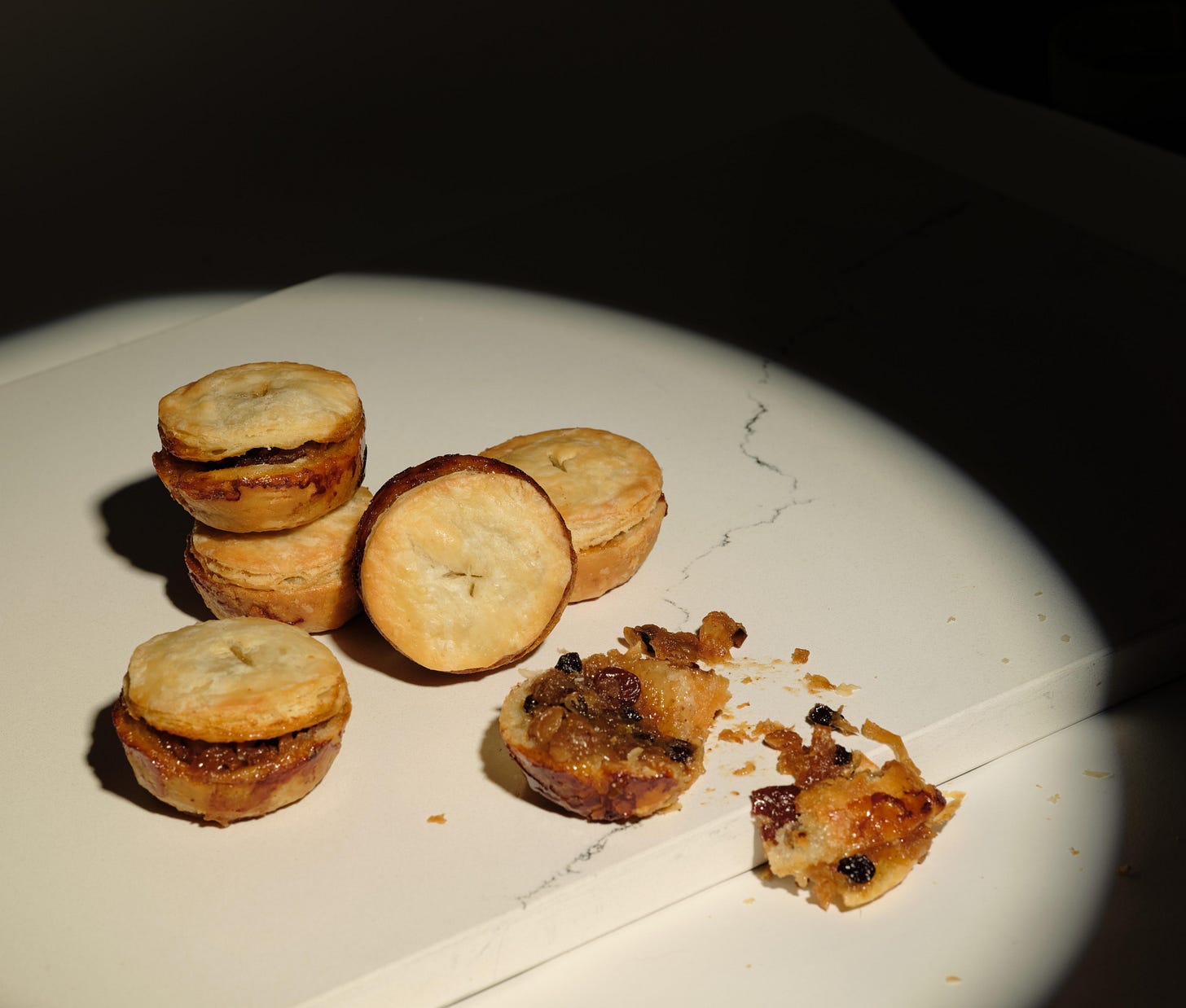
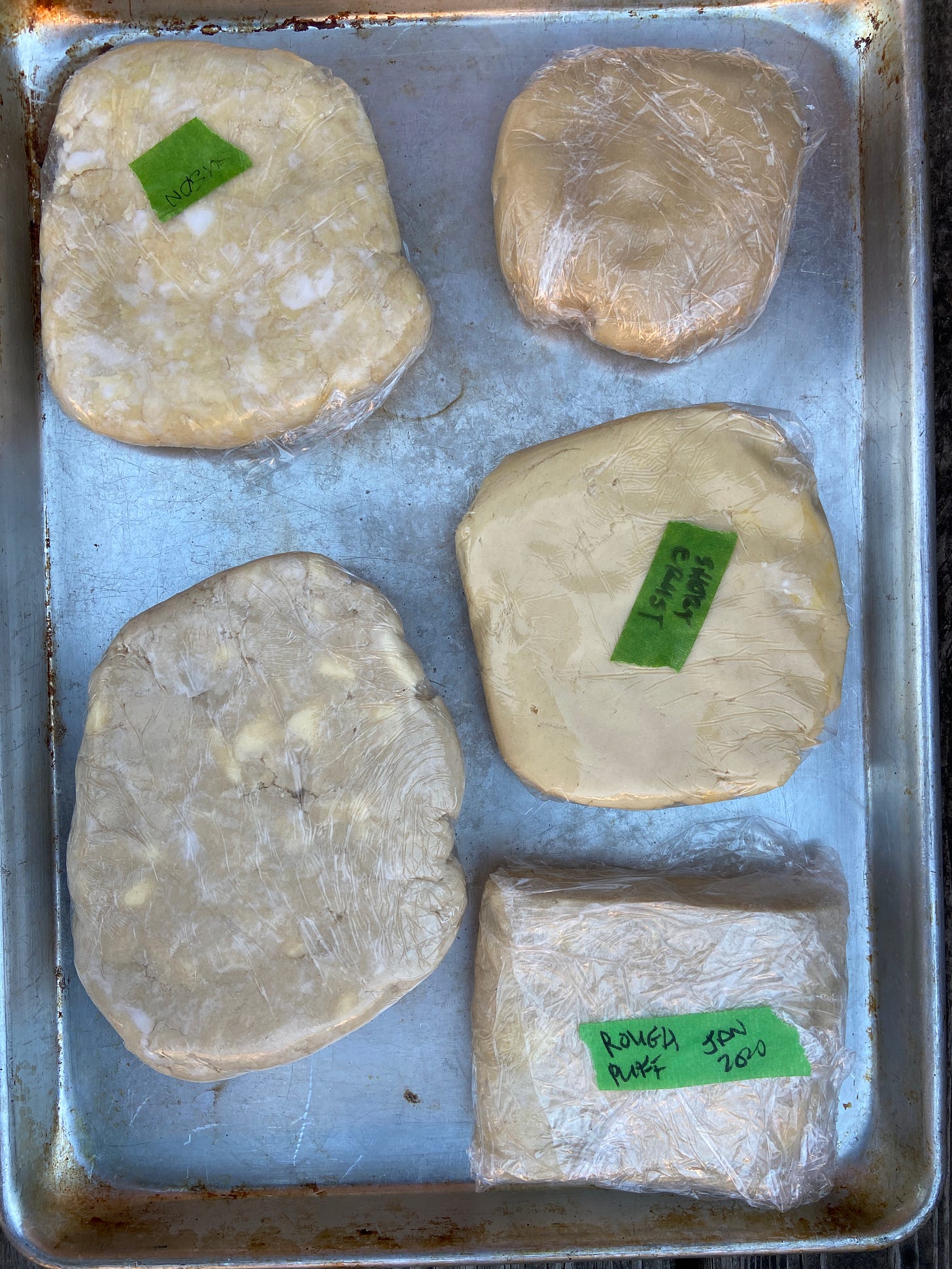
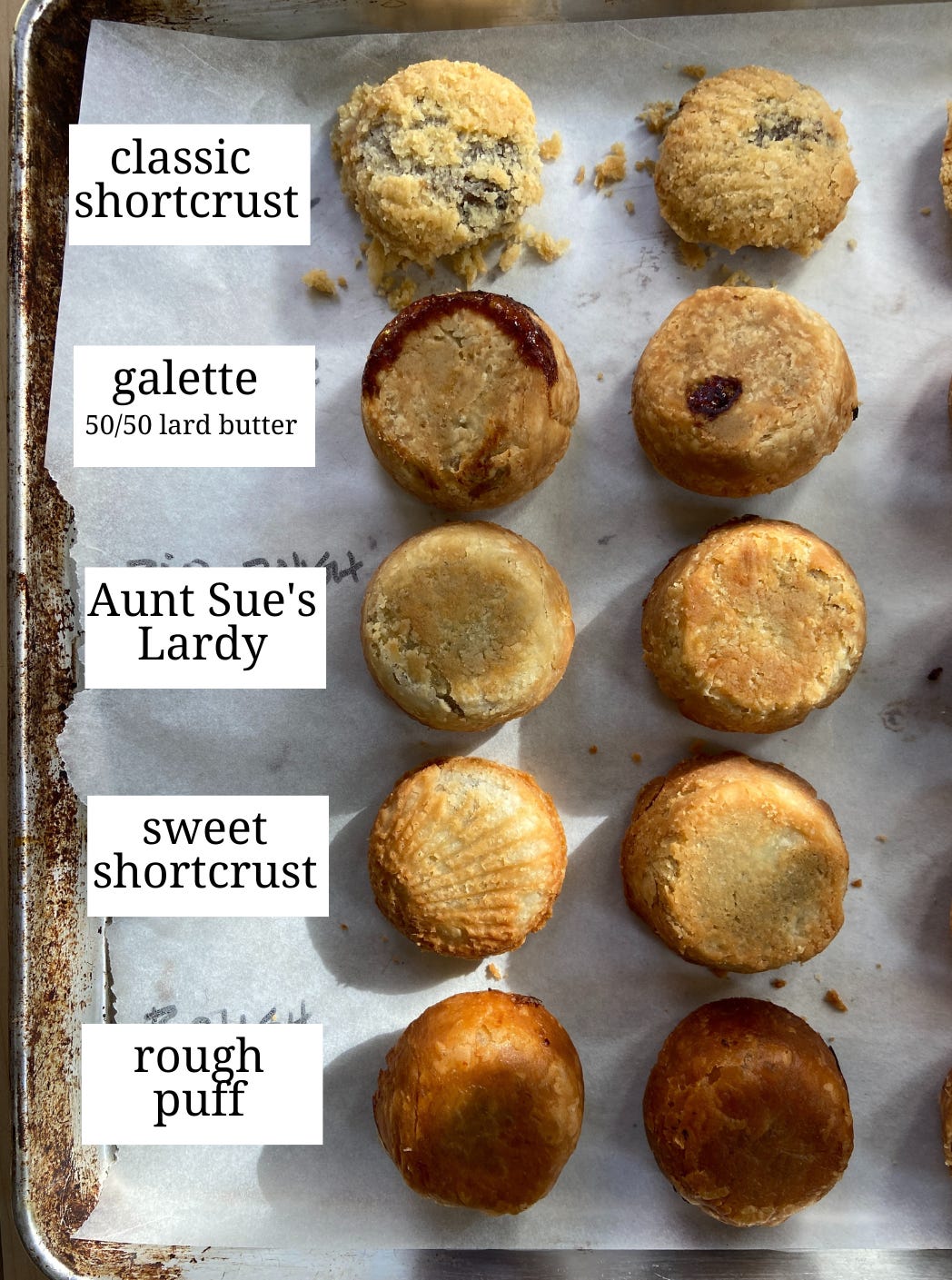
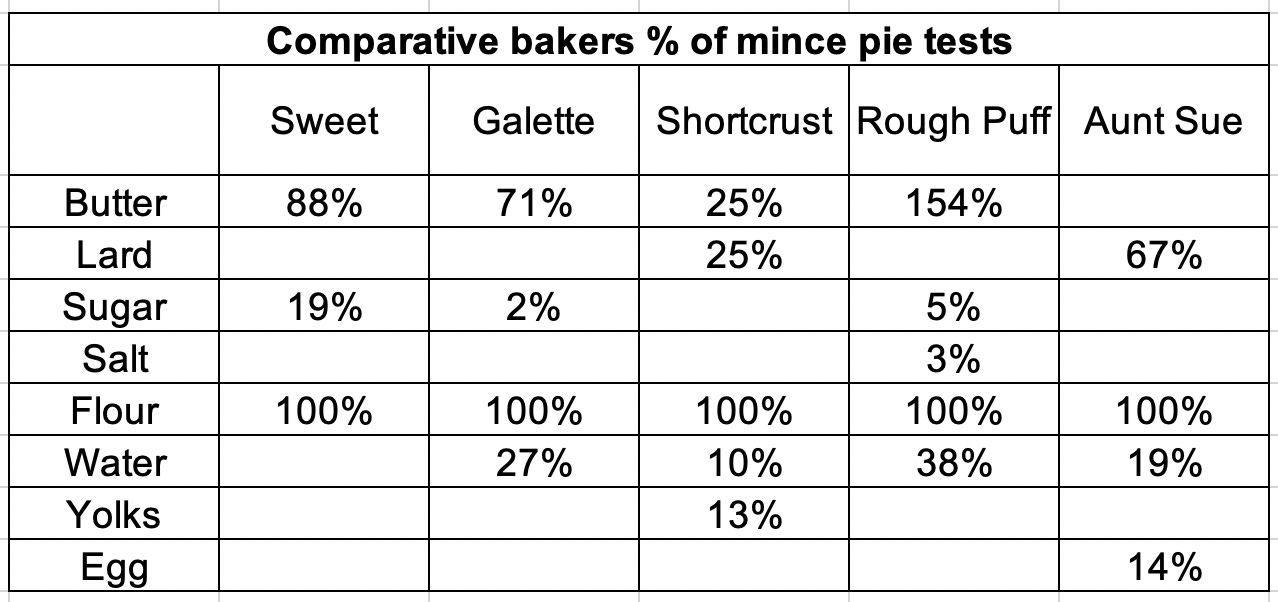
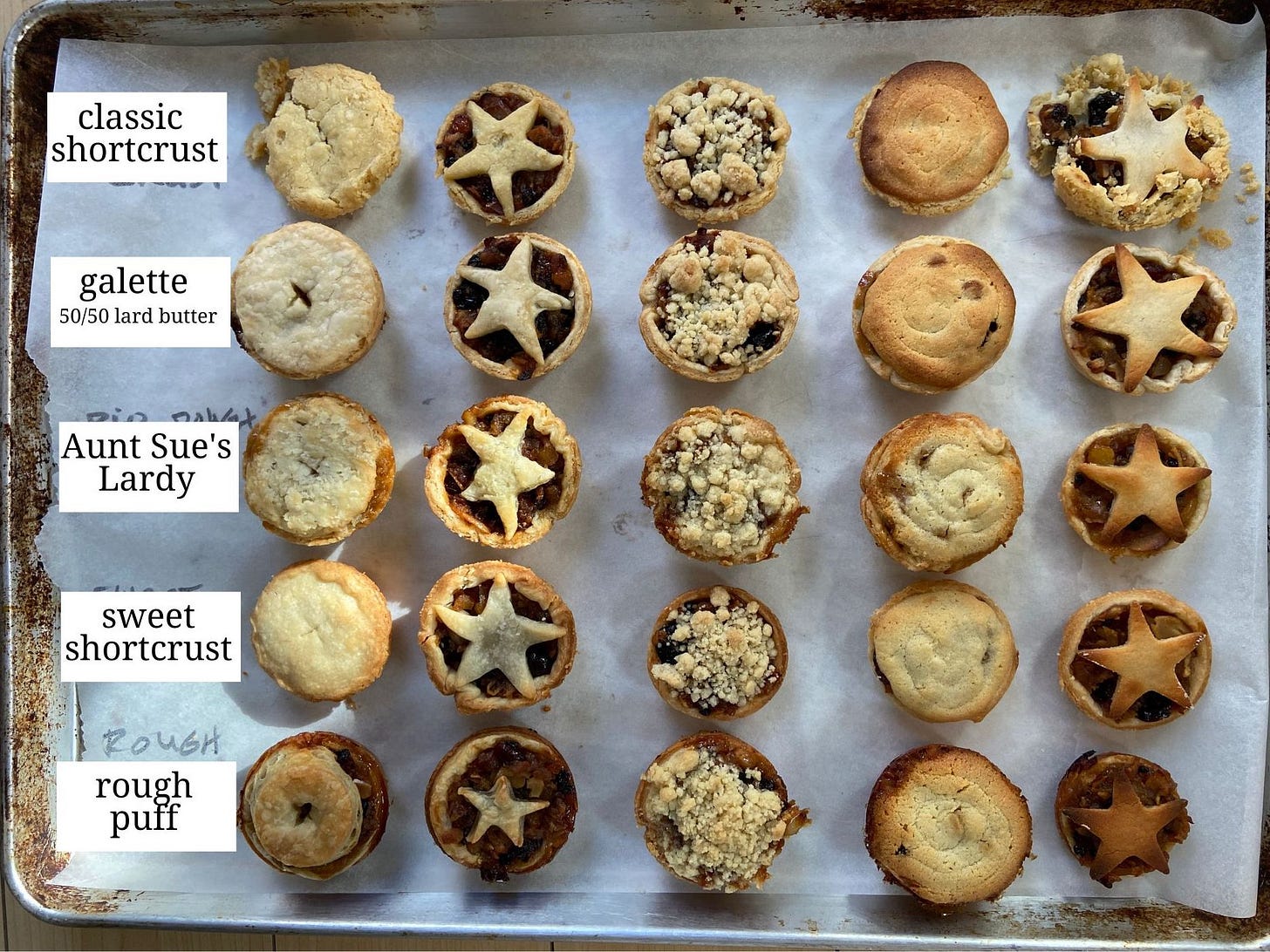
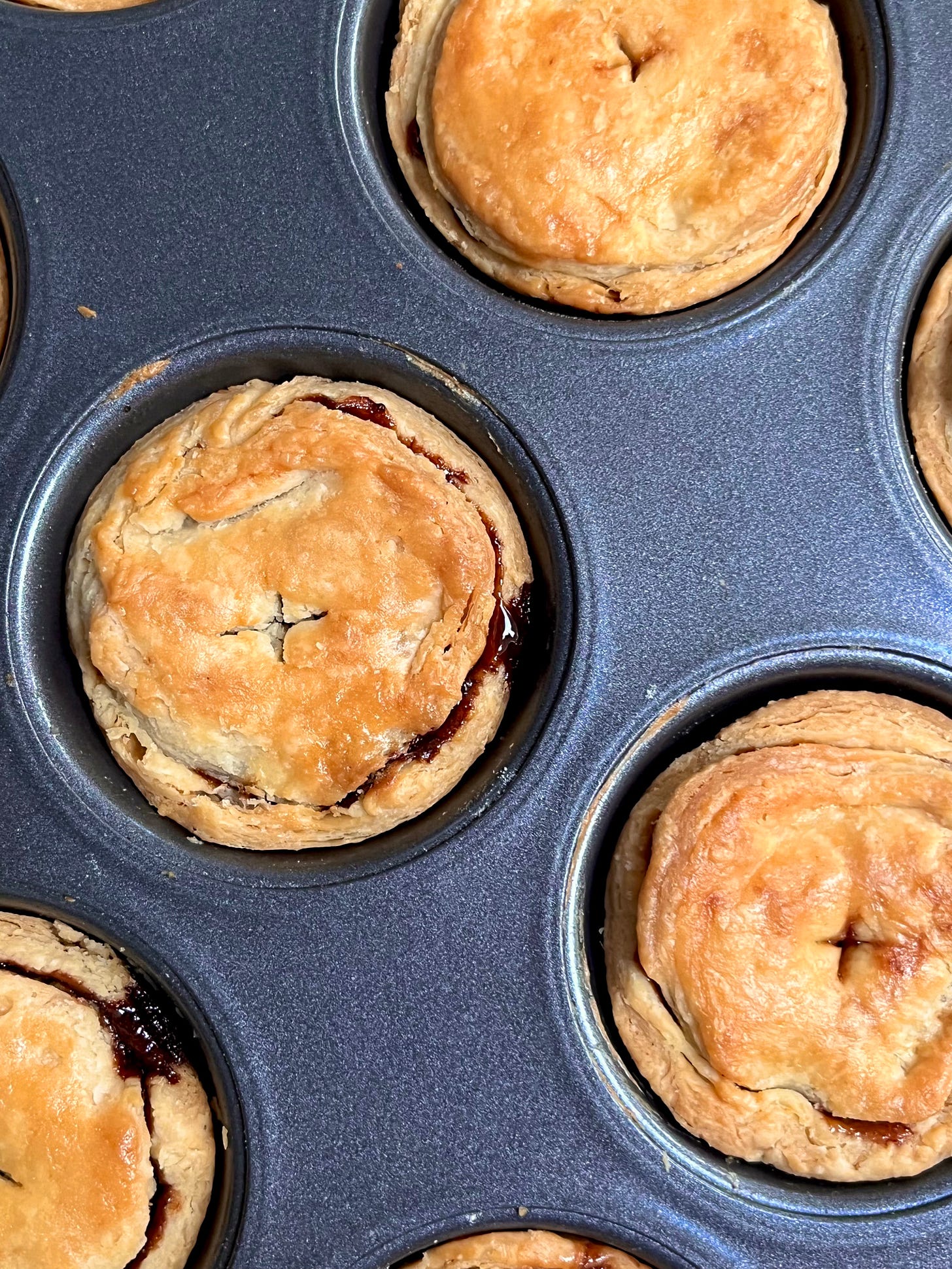
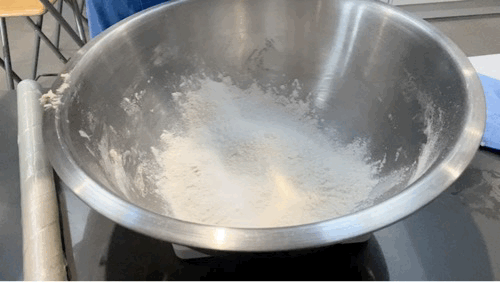
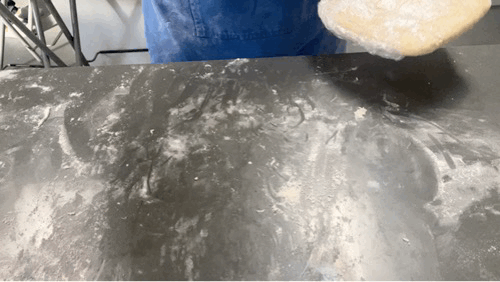
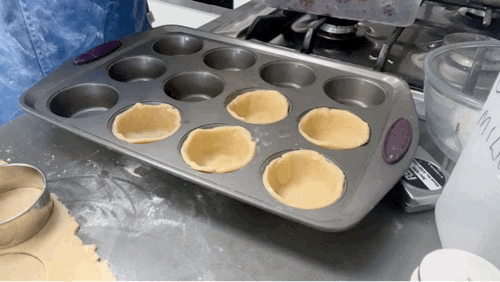
Great recipes ! Gorgeous mincemeat recipe( I used Amaretto) and an even more beguiling pastry, straddling that same rich-yet- effortlessly flakey lightness of my favourite yum cha treat, egg tarts, the savoury foil to the aching sweetness. Thanks Camilla. My new go-to! Merry X'mas :))
I saw! Wish I'd seen it before trying the recipe!